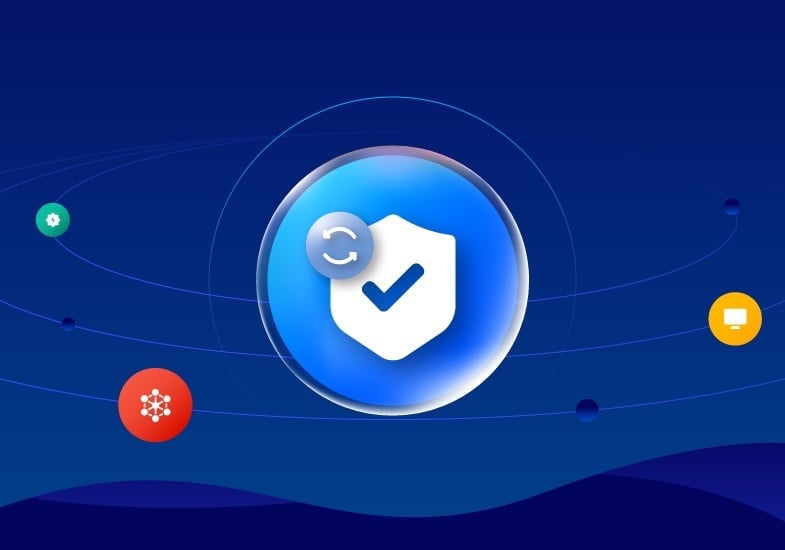Perform Periodic Risk Assessments
Certifying correct access give your organization the proof and peace of mind that you are GLBA compliant. But as employees and third parties move positions within the company or leave altogether, they often take their access with them when they go. Unfortunately, the certifying access can drain time, manpower, and productivity — especially when conducting separate access certification campaigns for standard and privileged access.
Cut Down The Noise and Enhance Your Security Posture
Don’t end up in a situation where you have to sacrifice security for efficiency — or copy users’ access to prevent a slowdown. Saviynt’s user-friendly, automatic reminders and escalations make it easy for business managers, application owners, role owners, and others in the organization to make informed decisions about access certifications.
Saviynt’s certification capabilities provide the real-time view of access and risk, the full history of how someone obtained access, and decisions made in prior certifications. Using our campaign dashboard, reviewers can more easily make informed decisions by comparing user access from the previous review cycle against the current campaign. If approvers are unavailable, automatic reminders and escalations prevent time lags and provide campaign owners with clear insight into the campaign’s completion status. Saviynt also organizes access reviews by risk so that reviewers have a clear focus on the areas that matter. Low-risk access can be reviewed less frequently, cutting down on data overwhelm.











